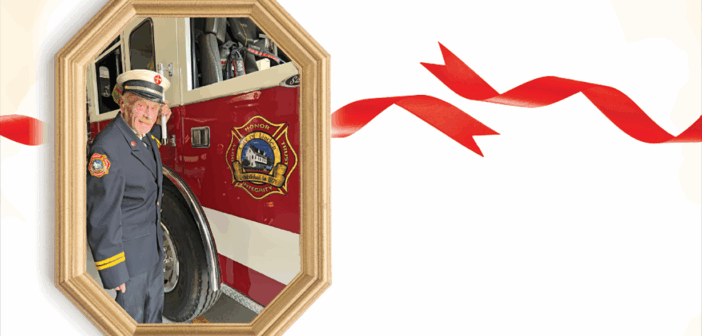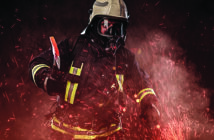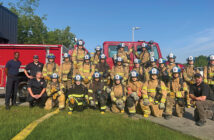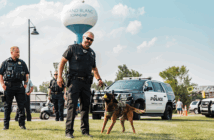For 56 years, Capt. Harold “Red” Skinner has called the Linden Fire Department his second home.
Now 82, Red still proudly serves as captain of the small firehouse nestled next to Linden City Hall. Recently, he was honored by the Linden City Council for his decades of unwavering service—a journey that began in 1969 when he was just 26 years old.
Nicknamed “Red” for his fiery hair as a child, Skinner has earned every title in the department: firefighter, sergeant, first lieutenant, captain, battalion chief, assistant chief and chief. He began earning just $2 per emergency call and $2 per meeting, but it was never about the money—it was always about the mission.
Over more than five decades, Red has seen it all—from rescuing cats from trees to responding to devastating accidents involving trains and vehicles. One particular memory that still haunts him is a train-versus-pickup crash in Argentine Township that Linden assisted with. He’s also seen his fair share of train derailments—thankfully, many without injuries.
One event that remains vivid in his memory is the 2007 fire that destroyed the historic Union Block building at the corner of Bridge and Broad streets. Red was stocking shelves at Calabria Village Pizzeria just down the road when smoke was spotted billowing from the building.
He was among the first three firefighters to arrive on the scene.
“I saw the smoke,” he recalled. “We got there—just the three of us. We tried to attack the fire.”
Red added that the department had trained extensively for a potential fire in that 1868 structure. He said when they called the utility company to shut off power to the building, the crew accidentally cut power to the entire town. With no electricity, well pumps failed, and the firefighters had to draw water from the Linden millpond to fight the blaze.
Long before the 911 system was implemented in Michigan in the early 1970s, emergency calls worked differently. Red explained that residents would call the fire department directly. A siren would then be triggered to alert firefighters—who needed to live close enough to hear it. Today, thanks to digital paging and modern 911 technology, responders are instantly notified. Though proximity to the station is still important, technology has brought more flexibility.
Red also recalls how, in his early years, firefighters were allowed to ride on the back bumper of fire trucks—something now outlawed for safety reasons.
Like many small communities, Linden relies heavily on volunteer firefighters, and departments are often short-staffed. Red encourages anyone considering the role to follow their passion.
“You have to have it in your blood,” he said. “You have to be willing to do whatever needs to be done—it’s more than just showing up.”
Alongside firefighting, Red has held various side jobs over the years. At one point, he dreamed of becoming a Fire Marshal, but couldn’t afford the college classes required. Still, he’s never strayed far from his calling.
At an age when most people are long retired, Red shows no signs of slowing down. He also still enjoys bowling as often as he can.
“I’ll keep serving my community,” he said, “until the dear Lord calls.”




